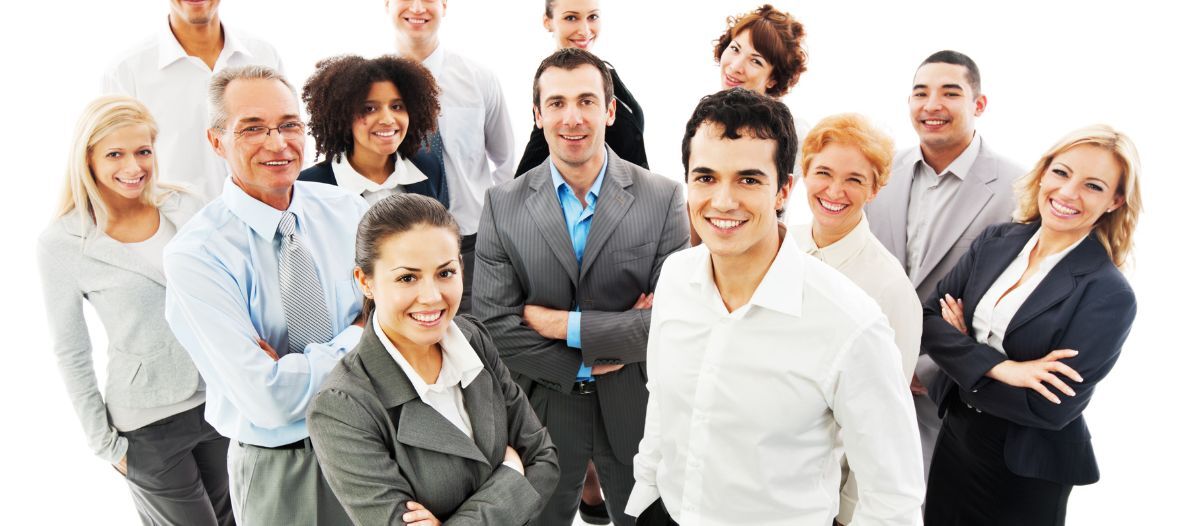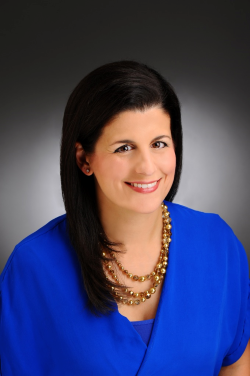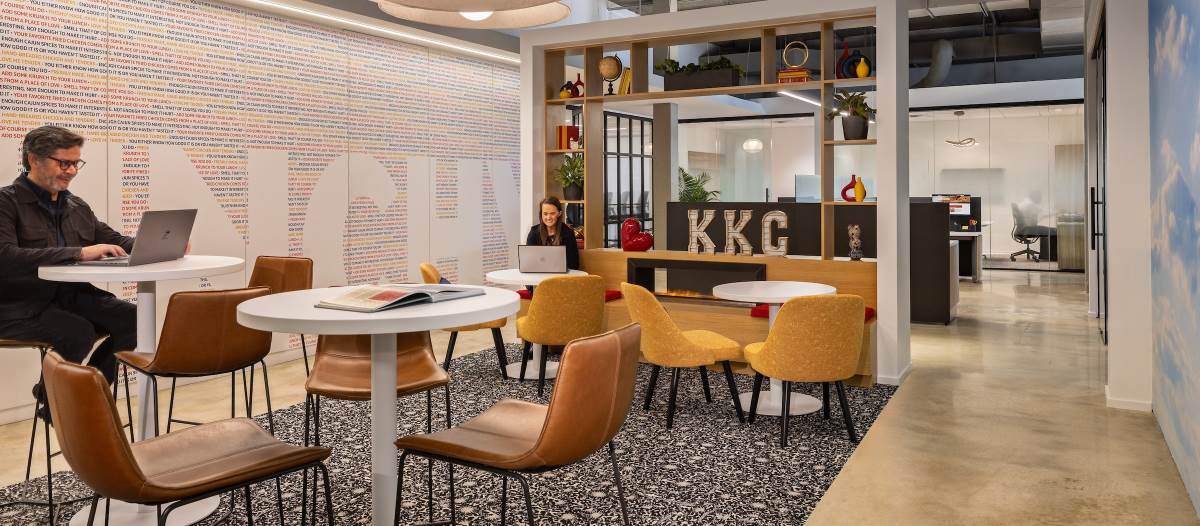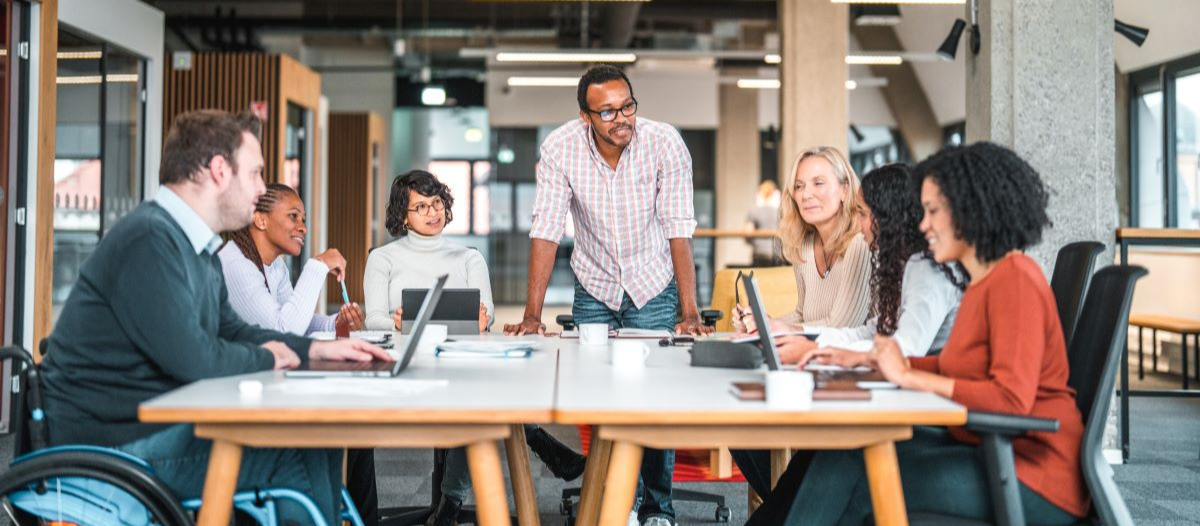No Looking Back
The new design of the workplace

As times change, so does the workplace. Generational shifts and societal changes are leading the charge toward a new work environment. Perhaps more than any other time in history, the workforce is now multigenerational. As the aging population works longer and the younger population enters the workplace, a wide variety of ages, lifestyles and working styles are all in the same space. The workplace has become a proverbial soup pot, in which a variety of unique ingredients (people) are thrown together, bound by the pot (their surroundings) and fortified by a roux (the organization). Everything comes together to create a wonderful product while allowing each ingredient to retain some of its unique qualities.
Once organizations understand the extent of the different generations in the work force, it is helpful to appreciate each generation’s unique preferences regarding career and communication styles.


With such a wide variety of generations working together, the office environment is now required to be a multitasking workhorse that can suit many different work styles.
Past Workplace Design
To understand the future, it is helpful to first look to the past, offering a point of reference. The design of the office environment has evolved over the past several decades.
-
In the early 1900s, large commercial buildings and skyscrapers were developed with a mix of private offices for executives and bullpens for staff members. That workplace design lasted 60 years.
-
In the late 1960s, there was finally a change, with a shift to various alternate work settings for staff. The invention of panel-based furniture systems allowed increased freedom of movement and a greater degree of privacy when working. This workplace design lasted 20 years.
-
In the late 1980s, the cubicle farm was created. Each employee had their own tall, three-sided vertical division that defined their space. Enclosed offices were along the perimeter of the building. This workplace design style lasted 20 years.
-
In the early 2000s, there was a shift toward providing more workers with natural light. Private offices were moved from exterior walls to the space's interior, and workstations were moved to the perimeter. This workplace design lasted 20 years and continues to be relevant today.
-
In the 2010s, as technology developed, workers became more mobile. Tall panels went away, benching became commonplace, and office space became more open, flexible and fluid. This lasted 10 years and continues to be relevant today.
So, what's next for the 2020s and beyond?
Future workplace design
In today’s office environment, flexibility is the name of the game. Spaces must be agile and able to transform efficiently and effectively to suit the company's unique needs on any given day. Flexibility will keep spaces relevant, and relevance is needed to stand the test of time.

Effects of the pandemic on the workplace
-
Since 2020, companies have had to learn new ways of working.
-
The pandemic forced more people to work remotely. To do that, adequate technology was needed. This brought about a whole new element that had not previously been necessary. Yet, as the pandemic continued, companies and employees became more proficient at using technology. Video meeting software went from a foreign concept to a daily necessity. Everyone adapted.
-
As workers started reentering the workplace, it was typically done partially, with some working in the office part-time and remotely part-time. Other workers remained working remotely, with limited, occasional visits to the office. Out of necessity, hybrid working was born. In this mode of working, office spaces are less proprietary and more shared. Instead of workers having assigned desks or offices, those spaces are now used on a scheduled basis, increasing the efficiency of the office space tremendously. In turn, fewer spaces are needed.
-
With the dawn of remote and hybrid working, one thing employers and employees realized is that even though more distance may be needed between workspaces, the quantity of those workspaces could be reduced. The people working a hybrid schedule who were not in the office 100 percent of the time did not need to be in as large a space as when they were in the office full-time. Hybrid workers also did not need a designated workstation or office. Instead, those spaces became shared by different people based on the scheduling of workdays, requiring detailed planning on the front end to make sure it could work on the back end. Facility managers increased their usage of scheduling programs, apps and devices to accommodate this new way of working.
-
Due to the multigenerational range in today’s workplace, spaces must meet the needs of a wide variety of users, from the Baby Boomer who prefers to work in an enclosed office to the Gen Zer who likes to work from the café table. The way to provide a workplace that fits the needs of everyone is to provide options.
-
Providing a palette of place provides workers a variety of locations from which to work: an enclosed room, an open office workstation, a lounge area, a work café or an outdoor patio. Providing options, and letting the employee choose where they want to work, is an impactful benefit.
-
Providing a palette of posture is also an effective way to offer choices to workers. Being able to choose whether you work standing up, sitting down, walking or lounging can provide many benefits that enhance employee satisfaction.
-
-
-
What people want now:
-
Wellness
According to a study by Gallup, State of the American Workplace (2017), 87 percent of workers want healthier workplace options. Additionally, 93 percent of tech workers would stay longer at a job if given healthy options. Workplace wellness is trending in many industries, including construction, interior design and human resources. What LEED has done for the construction of buildings, the WELL Building Standard is now doing for the health of building occupants. Research has shown that people who work in buildings that promote wellness are more productive and happier. The WELL Building Standard is based around seven concepts to optimize health and wellness: air, water, nourishment, light, fitness, comfort and mind. Designing spaces that follow these guidelines can offer improved employee health, satisfaction and retention. - Choice & Control
Employees in today’s workplace are no longer content with being given a desk and told where to work. They want choice and control, which includes the ability to choose where and how they work. This does not mean that employers have to offer unlimited options. Rather, employers can curate a limited number of suitable options from which the employees can choose. Even if it is small, any amount of choice and the feeling of control can go a long way in creating a positive work environment. A key aspect of choice and control is flexibility. - Technology
The pandemic is demonstrating that technology is the key to communication, no matter the distance; people can work effectively with people in other cities, states and countries. It removed the boundaries of proximity. Having a workplace with adequate technology is crucial in today’s environment. Keeping up with the rapid pace of technological changes can be challenging. However, it is necessary to provide a digitally connected workspace. Employees expect technology to be readily available. They expect it to be intuitive and easy to use. It is the key to communication, no matter the distance.
-
As times have changed, so has the workplace. From generational shifts to societal changes, many factors affect the work environment and propel it forward. Armed with an understanding of the multi-generational workforce and past workplace design, FMs can make informed decisions on the future of what workplace design can be – a future that includes a new approach to hybrid working, plenty of flexibility, spaces that promote wellness, offering employees choice and control, and providing sufficient access to technology. Ready or not, there is no looking back.

Read more on Workplace and Occupancy & Human Factors
Explore All FMJ Topics









